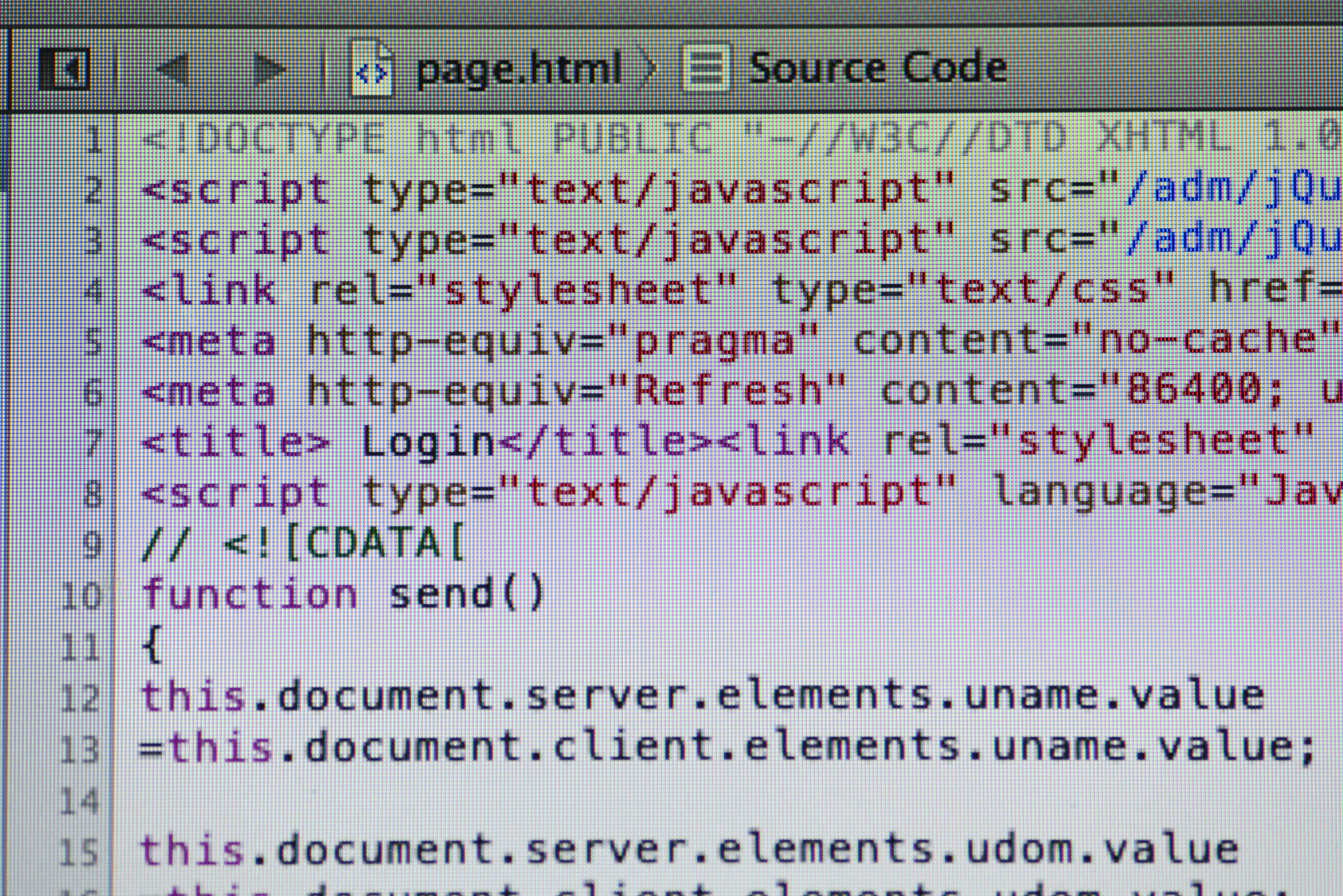html、xml、json文件的响应类型xpath、regen、string、jsonpath示例
- HTML响应类型的XPath示例: 假设我们有一个HTML响应如下:
<html>
<body>
<h1>Hello World</h1>
<div class="content">
<p>This is a paragraph.</p>
<p>This is another paragraph.</p>
</div>
</body>
</html>
我们可以使用XPath来提取其中的内容,示例代码如下:
from lxml import etree
response = """
<html>
<body>
<h1>Hello World</h1>
<div class="content">
<p>This is a paragraph.</p>
<p>This is another paragraph.</p>
</div>
</body>
</html>
"""
tree = etree.HTML(response)
title = tree.xpath('//h1/text()')[0]
paragraphs = tree.xpath('//div[@class="content"]/p/text()')
print(title) # 输出: Hello World
print(paragraphs) # 输出: ['This is a paragraph.', 'This is another paragraph.']
- XML响应类型的XPath示例: 假设我们有一个XML响应如下:
<bookstore>
<book category="fiction">
<title lang="en">Harry Potter</title>
<author>J.K. Rowling</author>
<year>2005</year>
<price>29.99</price>
</book>
<book category="cooking">
<title lang="en">Cooking 101</title>
<author>Chef John</author>
<year>2010</year>
<price>19.99</price>
</book>
</bookstore>
我们可以使用XPath来提取其中的内容,示例代码如下:
from lxml import etree
response = """
<bookstore>
<book category="fiction">
<title lang="en">Harry Potter</title>
<author>J.K. Rowling</author>
<year>2005</year>
<price>29.99</price>
</book>
<book category="cooking">
<title lang="en">Cooking 101</title>
<author>Chef John</author>
<year>2010</year>
<price>19.99</price>
</book>
</bookstore>
"""
tree = etree.XML(response)
titles = tree.xpath('//title/text()')
authors = tree.xpath('//author/text()')
print(titles) # 输出: ['Harry Potter', 'Cooking 101']
print(authors) # 输出: ['J.K. Rowling', 'Chef John']
- JSON响应类型的JSONPath示例: 假设我们有一个JSON响应如下:
{
"books": [
{
"title": "Harry Potter",
"author": "J.K. Rowling",
"year": 2005,
"price": 29.99
},
{
"title": "Cooking 101",
"author": "Chef John",
"year": 2010,
"price": 19.99
}
]
}
我们可以使用JSONPath来提取其中的内容,示例代码如下:
import json
from jsonpath_ng import parse
response = """
{
"books": [
{
"title": "Harry Potter",
"author": "J.K. Rowling",
"year": 2005,
"price": 29.99
},
{
"title": "Cooking 101",
"author": "Chef John",
"year": 2010,
"price": 19.99
}
]
}
"""
data = json.loads(response)
titles = [match.value for match in parse('$.books[*].title').find(data)]
authors = [match.value for match in parse('$.books[*].author').find(data)]
print(titles) # 输出: ['Harry Potter', 'Cooking 101']
print(authors) # 输出: ['J.K. Rowling', 'Chef John']
- String响应类型的Regex示例: 假设我们有一个String响应如下:
response = "Hello, my name is John. I am 25 years old."
我们可以使用正则表达式来提取其中的内容,示例代码如下:
import re
response = "Hello, my name is John. I am 25 years old."
name = re.search(r"my name is (\w+)", response).group(1)
age = re.search(r"I am (\d+) years old", response).group(1)
print(name) # 输出: John
print(age) # 输出: 25
``

原文地址: https://www.cveoy.top/t/topic/idED 著作权归作者所有。请勿转载和采集!